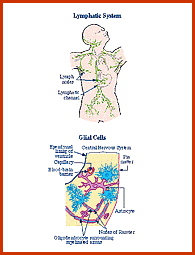|
|
|
| READING VEDIC LITERATURE IN SANSKRIT |
 |
|||
Home

|
 |
|||
| His
Holiness Maharishi Mahesh Yogi on the importance of regular practice of the Transcendental Meditation technique: |
Bhel
Samhita is one of the structuring dynamics of Rk Veda. It highlights
the DIFFERENTIATING quality involved in structuring Rk Veda. With reference to consciousness, Bhel Samhita comprises the specific sets of laws of Nature that are engaged in promoting the quality of Devata--the |
|||
|
The entire evolutionary process, the entire
|
process of observation, the dynamism of observing in the witnessing quality of Rishi--within the Samhita level of consciousness, providing a structure to the eternally silent, self-referral, self-sufficient, fully awake state of consciousness, which is intimately personal to everyone. (complete table of qualities) |
|||
| In
the physiology [Bhel Samhita] corresponds to the lymphatic system. The term 'Bhel' indicates the values of evolution, maintaining balance between the destructive and creative forces. This is the role of the lymphatic system, which acts as a clearing, differentiating, and purifying system that is closesly associated with the immune system. There are 8 divisions and 97 chapters of Bhel Samhita, which correspond to the structure and organization. of the lymphatic system and glial cells.. -taken from http://www.poverty-removal.org/ appendix19n/Appendix_19_.html |
 more about Bhel Samhita |
|||
|
end of page |
||||